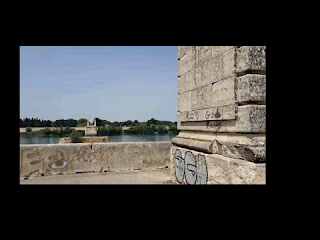
Technological developments in recording and editing have transformed the record, movie and television industries in recent decades. Audio editing became practicable with the invention of magnetic tape recording, but digital audio and cheap mass storage allows computers to edit audio files quickly, easily, and cheaply. Today, the process of making a recording is separated into tracking, mixing and mastering. Multitrack recording makes it possible to capture signals from several microphones, or from different 'takes' to tape or disc, with maximized headroom and quality, allowing previously unavailable flexibility in the mixing and mastering stages for editing, level balancing, compressing and limiting, adding effects such as reverberation, equalisation, flanging, and much more.



















